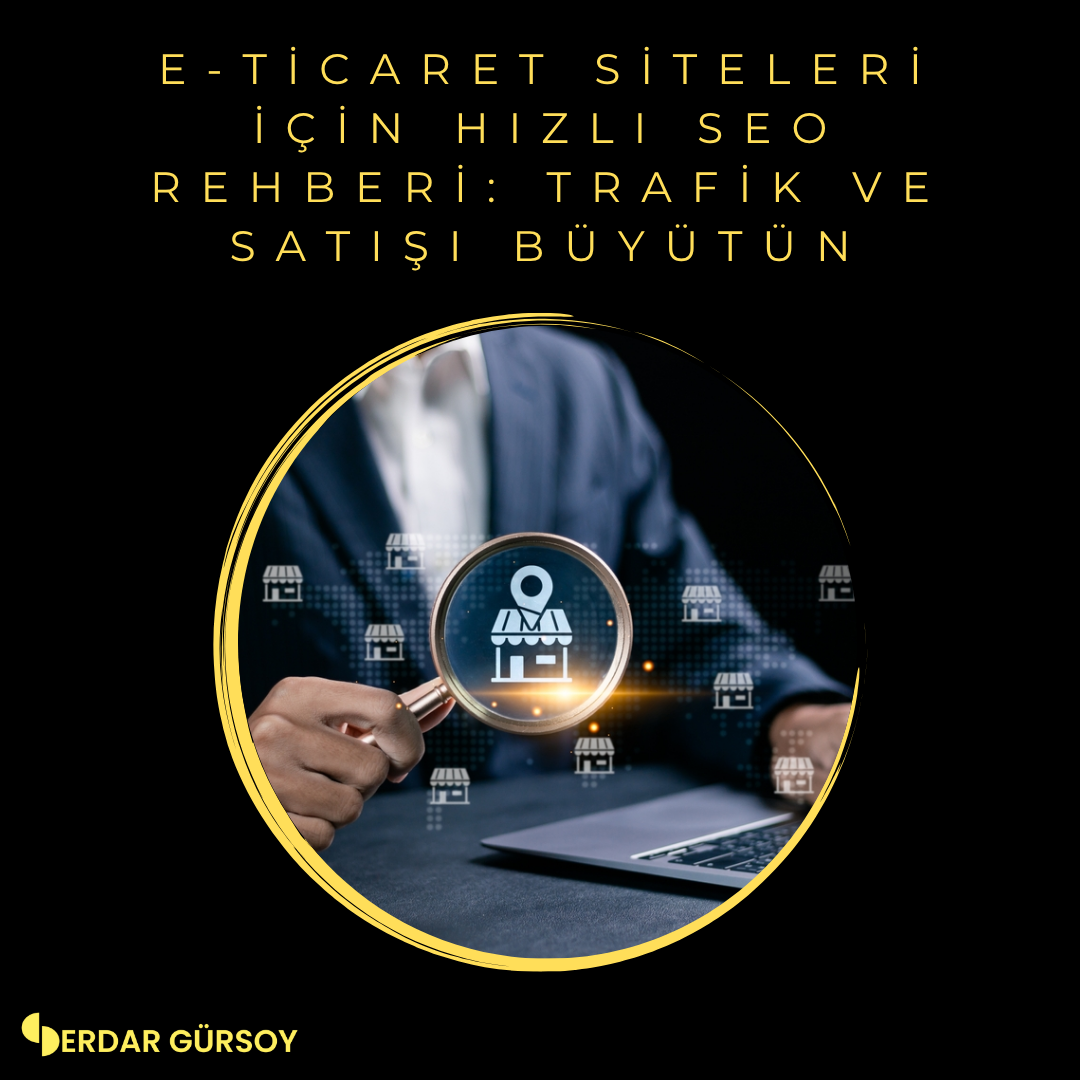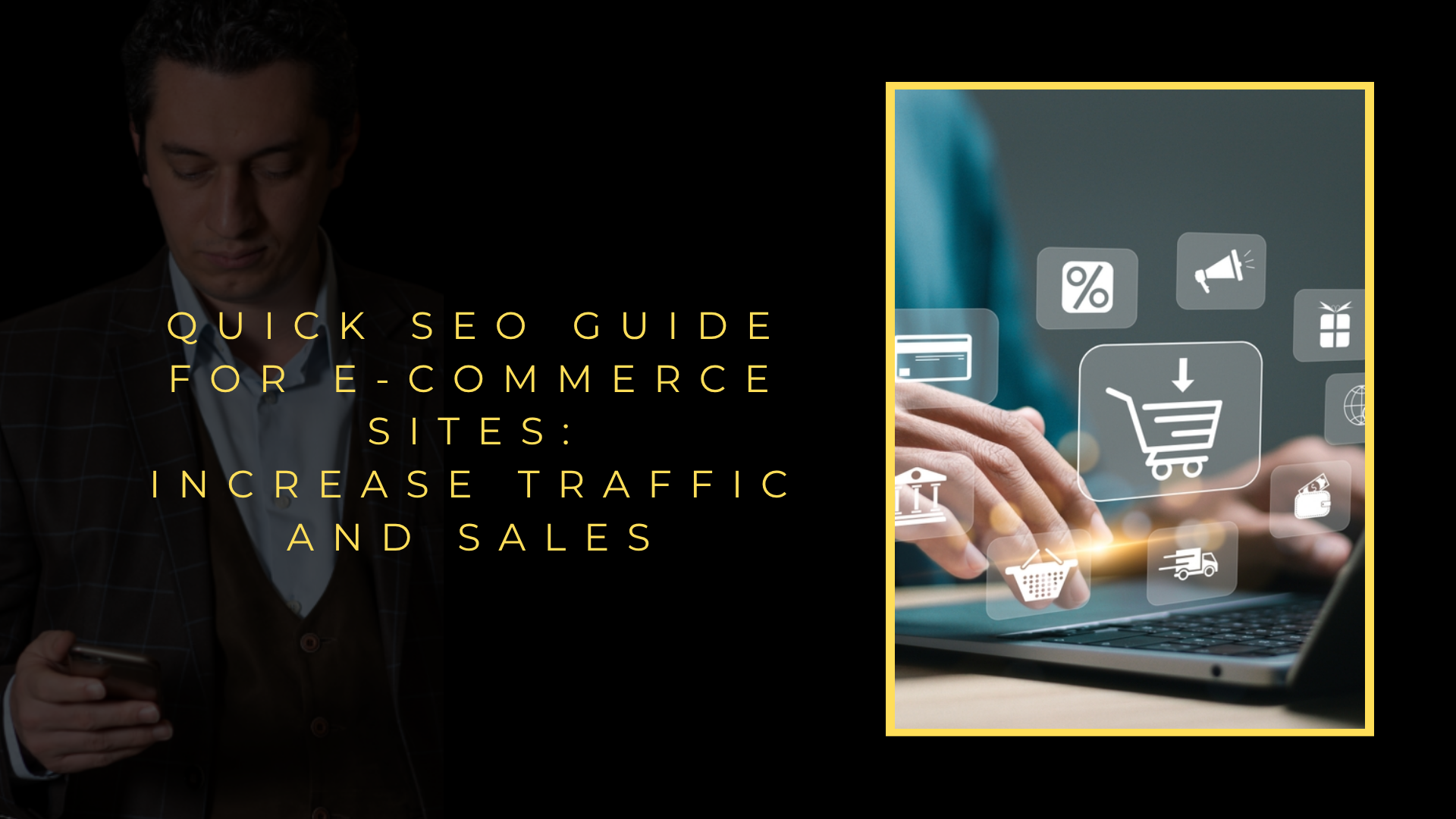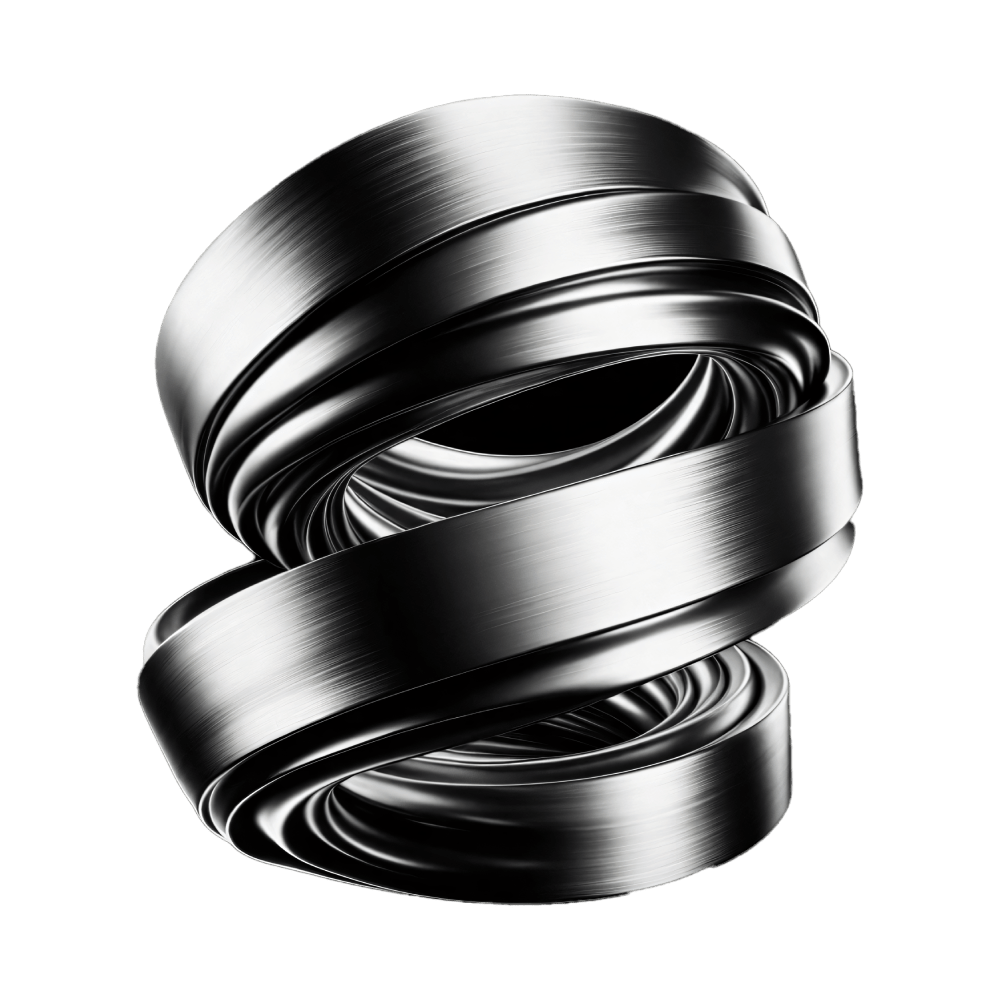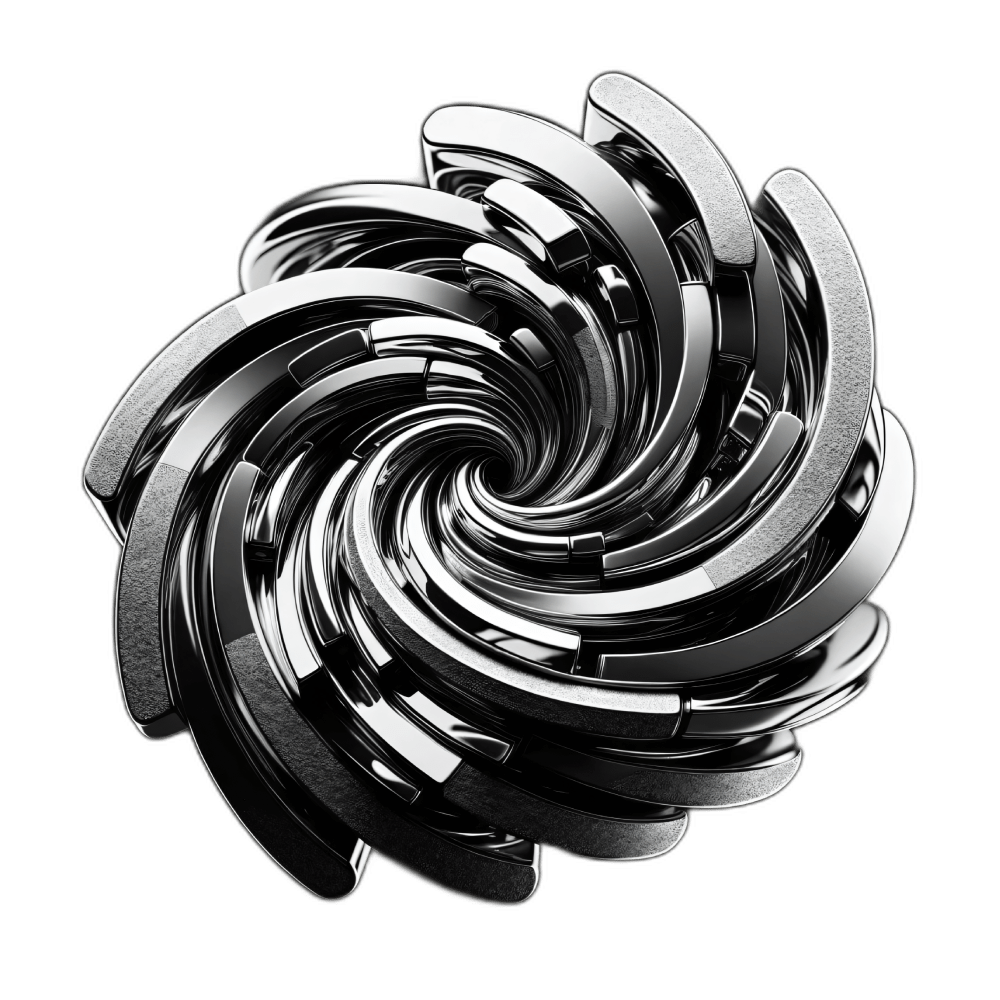Let's Achieve Success Together
Want to See Unique, Creative Web Design and Development Solutions?
Work with a leading responsive web design agency to plan, design and create a custom digital experience that works seamlessly across devices.


The Ultimate E-Commerce SEO Checklist: A Technical Blueprint for 2024 provides a systematic framework for industrial engineers to deconstruct and optimize the entire online sales funnel. This blueprint moves beyond basic keyword strategies to address the foundational technical SEO elements that govern site performance and search engine crawling efficiency.
For product managers, the checklist functions as a product requirement document, detailing critical features such as structured data implementation for rich snippets and the elimination of crawl budget waste. By ensuring product feeds and category pages are correctly annotated, the blueprint directly enhances product visibility and click-through rates in search engine results pages.
The commercial impact is quantified through improved Core Web Vitals, a set of Google metrics that measure user experience. Industrial e-commerce sites, often burdened by complex product configurators and large image assets, can use this checklist to systematically improve Largest Contentful Paint and Cumulative Layout Shift, leading to higher conversion rates.
Serdar Gürsoy's methodology emphasizes the strategic use of internal linking architecture to distribute equity to high-value commercial pages. This technical approach ensures that search engines can efficiently discover and index deep catalog pages, which is critical for long-tail keyword strategies.
Addressing indexation errors and duplicate content issues is a primary focus, as these are common pitfalls for large-scale e-commerce platforms with multiple SKUs and filtering systems. The blueprint provides clear protocols for managing URL parameters and canonical tags to prevent ranking dilution.
The integration of schema markup for products, reviews, and FAQs is presented as a non-negotiable technical standard for 2024. This structured data layer is essential for competing in an increasingly visual and feature-rich SERP landscape, providing immediate context to both users and search algorithms.
For decision-makers, the blueprint translates technical enhancements into tangible business outcomes, such as increased organic traffic and improved return on investment from content efforts. It provides a clear roadmap for aligning engineering, product, and marketing teams around a unified search engine optimization strategy.
The checklist also covers advanced log file analysis to monitor search engine crawler behavior, allowing teams to identify and rectify crawling inefficiencies before they impact organic visibility. This proactive, data-driven approach ensures continuous technical refinement.
The architecture of an e-commerce platform is fundamentally a crawlability challenge for search engines, where inefficient site structure can lead to significant index bloat and wasted crawl budget. A logical, shallow hierarchy ensures that search engine bots can efficiently discover and index all valuable product and category pages without being bogged down by duplicate content or low-value administrative URLs.
Implementing a flat site structure where products are accessible within a few clicks from the homepage directly enhances crawlability and strengthens internal linking equity. This approach prevents critical product pages from being buried deep within the site’s architecture, ensuring they receive maximum link equity and are prioritized during the search engine’s crawling process, thus improving their potential ranking.
Technical SEO foundations are paramount, starting with a comprehensive XML sitemap that dynamically updates with new product pages and is submitted through search consoles. This sitemap acts as a direct roadmap for crawlers, complementing a robust robots.txt file that correctly instructs bots to avoid indexing non-essential areas like search result pages or filters, which are common sources of duplicate content.
Canonical tags are the primary defense against duplicate content issues prevalent in e-commerce, where the same product is accessible via multiple URLs due to sorting and filtering. Properly implemented canonical tags signal to search engines the preferred, canonical version of a page, consolidating ranking signals and preventing self-cannibalization in search results.
The commercial impact of a well-structured site is measured through improved organic visibility for high-intent commercial keywords. As Serdar Gürsoy often emphasizes, a technically sound architecture reduces bounce rates and increases user engagement by providing a seamless navigational experience, which in turn serves as a positive ranking signal to search algorithms.
From a product management perspective, structuring an e-commerce site for SEO is an ongoing process of auditing and refinement. Regularly analyzing crawl reports and index coverage metrics allows teams to identify and rectify bottlenecks, ensuring the crawl budget is always optimally allocated to the most commercially valuable pages, sustaining long-term organic visibility and revenue growth.
The product page serves as the primary digital touchpoint for industrial components and systems, where technical precision must align with commercial objectives. Effective search engine optimization for these assets is not merely about visibility but about qualifying high-intent traffic through structured data and semantic accuracy.
Optimizing the title tag is a foundational technical task that directly influences click-through rates from search engine results pages. A well-constructed title tag for an industrial product must integrate the product's exact model number, key specification, and intended application, creating a concise and compelling meta-description that signals relevance to both users and search engine crawlers.
Implementing structured data through schema markup, such as Product and Offer types, provides explicit clues to search engines about the page's content. This technical implementation enables the generation of rich snippets in search results, which can display critical information like price, availability, and aggregate rating directly, enhancing user experience and increasing the likelihood of a qualified click.
The core content strategy for an industrial product page must extend beyond basic specifications to address the informational needs of engineers and procurement managers. This includes detailed technical datasheets, CAD drawings, application case studies, and compliance certifications, all of which contribute to content depth and establish domain authority.
From a commercial perspective, a technically optimized product page functions as a 24/7 sales engineer. The synergy between a keyword-optimized title tag, rich schema markup, and comprehensive content directly impacts conversion rate optimization by reducing friction for potential buyers who require precise technical validation before proceeding with a purchase decision.
The technical architecture of the page, including page speed and mobile responsiveness, is integral to sustaining the gains from on-page SEO efforts. A slow-loading page can negate the benefits of perfect schema and content, as it negatively impacts user engagement metrics that search engines use for ranking algorithms.
Continuous analysis through tools that monitor organic traffic and ranking performance for specific product SKUs is essential for refining these technical elements. This data-driven approach, as advocated by experts like Serdar Gürsoy, ensures that the product page remains a competitive asset in the digital industrial landscape.

In the ever-competitive digital world of e-commerce, it has become inevitable for brands to make data-driven decisions when defining their growth strategies. At this point, two powerful methods stand out: SEO (Search Engine Optimization) and PPC (Pay-Per-Click). While both help achieve online visibility, they differ in their mechanisms and long-term impact.
SEO forms the foundation of a long-term and sustainable growth model. Through proper keyword research, technical optimization, content strategy, and user experience improvements, brands can organically rise to the top of search engine results. In the world of e-commerce, this increases the visibility of product pages, boosting both trust and conversion rates. In projects led by Serdar Gürsoy, it has often been observed that growth in organic traffic reduces advertising costs over time.
On the other hand, PPC is a more direct solution for brands aiming to achieve fast results. Campaigns run through Google Ads or social media advertising allow instant access to target audiences. However, in this model, performance is directly tied to budget — when the budget stops, so does visibility. As Serdar Gürsoy emphasizes, PPC campaigns require continuous optimization and data analysis.
Data analytics lies at the heart of both approaches. Tools such as Google Analytics and Search Console measure patterns in organic traffic and click-through rates, while ad dashboards help calculate the return on investment of PPC campaigns. The approach of data-driven strategists like Serdar Gürsoy combines these insights to ensure both channels operate at maximum efficiency. This allows brands to determine, based on concrete data, which strategy should be activated and when.
While SEO builds brand trust in the long term, PPC delivers short-term sales and traffic boosts. Running both strategies together means enhanced visibility and sustainable growth for e-commerce brands. Serdar Gürsoy's experience in digital marketing clearly demonstrates how these two strategies can create a powerful synergy when applied in harmony.
The challenge of duplicate content is a fundamental technical hurdle for e-commerce platforms, directly impacting search engine rankings and commercial performance. This issue arises when a single product is accessible via multiple URLs, often due to tracking parameters, sorting options, or session IDs, causing search engines to dilute ranking signals across these variations instead of consolidating authority onto a single, primary page.
A robust technical solution hinges on the correct implementation of the canonical tag, an HTML element that signals to search engines the preferred version of a webpage. For industrial-scale sites, this requires a dynamic system that automatically injects the correct canonical URL into every page template, ensuring that all parameterized versions point back to the canonical product URL, thereby preventing crawl budget waste and indexing confusion.
Effective parameter handling is the engineering backbone of this strategy. E-commerce platforms must distinguish between parameters that alter content meaning, like color or size selections, and those that are purely functional, such as those for tracking or sorting. A sophisticated URL normalization process, often configured within the robots.txt file or at the server level, instructs crawlers on which parameters to ignore, streamlining the indexing process and enhancing search engine optimization efficiency.
The commercial impact of mastering these technical elements is profound. By resolving duplicate content, businesses experience a significant improvement in organic visibility, as search engines can accurately attribute all inbound link equity and user engagement signals to the primary product page. This consolidation of ranking power directly translates to higher SERP placements and increased qualified traffic.
For product managers and engineers, implementing a systematic approach to canonicals and parameters is not merely a best practice but a critical technical SEO requirement. It demands precise collaboration between development and marketing teams to define parameter rules and ensure consistent tag deployment across the entire site architecture, a process detailed in guides by experts like Serdar Gürsoy.
Ultimately, the strategic application of these techniques transforms a site's infrastructure into a search-friendly asset. It ensures that engineering efforts directly contribute to commercial goals by maximizing the return on every technical investment, turning potential indexing liabilities into opportunities for superior search engine results page performance and sustainable revenue growth.
The evolution of search algorithms from simple keyword matching to sophisticated semantic understanding necessitates a shift in e-commerce SEO strategy. Traditional methods focused on keyword density are no longer sufficient to establish category authority in competitive digital marketplaces.
Entity-based SEO represents this fundamental advancement, treating products, brands, and concepts as distinct semantic entities within a vast knowledge graph. For an e-commerce platform, this means optimizing not for isolated search terms but for the entire context surrounding a product category, thereby signaling comprehensive expertise to search engines.
The technical implementation begins with a robust information architecture that logically connects category pages through a clear internal linking structure. This architecture should mirror the way a domain expert would classify information, creating a strong topical authority signal that search engines can crawl and interpret as a cohesive entity.
Content must be engineered to answer not just primary queries but also the expansive set of related questions and concepts. This involves creating detailed structured data markup, such as Schema.org vocabulary, to explicitly define product attributes, reviews, and FAQs, making the entity's properties machine-readable.
A critical component is the strategic accumulation of backlink profiles from authoritative industry sources. These external endorsements serve as third-party validation of your entity's prominence, significantly boosting its ranking potential for broad, commercial-intent category terms.
According to Serdar Gürsoy, the core benefit of this approach is the establishment of a durable competitive moat. Competitors can easily replicate individual keywords, but they cannot easily replicate a deeply interlinked, context-rich entity structure that search engines recognize as the definitive source for a category.
This methodology directly impacts commercial outcomes by increasing organic visibility for high-value, non-branded search queries. It transforms a category page from a simple product listing into a trusted resource, driving qualified traffic with higher conversion potential and reducing reliance on costly paid acquisition channels.
The technical execution requires close collaboration between product management, engineering, and content teams to ensure the entity model is accurately reflected across the entire site architecture, from database schemas to front-end presentation and linking logic.
Contents


Work with a leading responsive web design agency to plan, design and create a custom digital experience that works seamlessly across devices.
Contact Form
Fill out the form and we will contact you as quickly as possible.
Whatsapp'tan Bize Ulaşın.
Bir konuşma başlatmak için kamera uygulamanızla tarayın veya QR kodunu tıklayın.
Lorem Ipsum, dizgi ve baskı endüstrisinde kullanılan mıgır metinlerdir. Lorem Ipsum, adı bilinmeyen bir matbaacının bir hurufat numune kitabı oluşturmak üzere bir yazı galerisini alarak karıştırdığı 1500'lerden beri endüstri standardı sahte metinler olarak kullanılmıştır. Beşyüz yıl boyunca varlığını sürdürmekle kalmamış, aynı zamanda pek değişmeden elektronik dizgiye de sıçramıştır. 1960'larda Lorem Ipsum pasajları da içeren Letraset yapraklarının yayınlanması ile ve yakın zamanda Aldus PageMaker gibi Lorem Ipsum sürümleri içeren masaüstü yayıncılık yazılımları ile popüler olmuştur.
Yinelenen bir sayfa içeriğinin okuyucunun dikkatini dağıttığı bilinen bir gerçektir. Lorem Ipsum kullanmanın amacı, sürekli 'buraya metin gelecek, buraya metin gelecek' yazmaya kıyasla daha dengeli bir harf dağılımı sağlayarak okunurluğu artırmasıdır. Şu anda birçok masaüstü yayıncılık paketi ve web sayfa düzenleyicisi, varsayılan mıgır metinler olarak Lorem Ipsum kullanmaktadır. Ayrıca arama motorlarında 'lorem ipsum' anahtar sözcükleri ile arama yapıldığında henüz tasarım aşamasında olan çok sayıda site listelenir. Yıllar içinde, bazen kazara, bazen bilinçli olarak (örneğin mizah katılarak), çeşitli sürümleri geliştirilmiştir.
Yaygın inancın tersine, Lorem Ipsum rastgele sözcüklerden oluşmaz. Kökleri M.Ö. 45 tarihinden bu yana klasik Latin edebiyatına kadar uzanan 2000 yıllık bir geçmişi vardır. Virginia'daki Hampden-Sydney College'dan Latince profesörü Richard McClintock, bir Lorem Ipsum pasajında geçen ve anlaşılması en güç sözcüklerden biri olan 'consectetur' sözcüğünün klasik edebiyattaki örneklerini incelediğinde kesin bir kaynağa ulaşmıştır. Lorm Ipsum, Çiçero tarafından M.Ö. 45 tarihinde kaleme alınan "de Finibus Bonorum et Malorum" (İyi ve Kötünün Uç Sınırları) eserinin 1.10.32 ve 1.10.33 sayılı bölümlerinden gelmektedir. Bu kitap, ahlak kuramı üzerine bir tezdir ve Rönesans döneminde çok popüler olmuştur. Lorem Ipsum pasajının ilk satırı olan "Lorem ipsum dolor sit amet" 1.10.32 sayılı bölümdeki bir satırdan gelmektedir.
1500'lerden beri kullanılmakta olan standard Lorem Ipsum metinleri ilgilenenler için yeniden üretilmiştir. Çiçero tarafından yazılan 1.10.32 ve 1.10.33 bölümleri de 1914 H. Rackham çevirisinden alınan İngilizce sürümleri eşliğinde özgün biçiminden yeniden üretilmiştir.
Lorem Ipsum pasajlarının birçok çeşitlemesi vardır. Ancak bunların büyük bir çoğunluğu mizah katılarak veya rastgele sözcükler eklenerek değiştirilmişlerdir. Eğer bir Lorem Ipsum pasajı kullanacaksanız, metin aralarına utandırıcı sözcükler gizlenmediğinden emin olmanız gerekir. İnternet'teki tüm Lorem Ipsum üreteçleri önceden belirlenmiş metin bloklarını yineler. Bu da, bu üreteci İnternet üzerindeki gerçek Lorem Ipsum üreteci yapar. Bu üreteç, 200'den fazla Latince sözcük ve onlara ait cümle yapılarını içeren bir sözlük kullanır. Bu nedenle, üretilen Lorem Ipsum metinleri yinelemelerden, mizahtan ve karakteristik olmayan sözcüklerden uzaktır.
 Digital marketing
Digital marketing  SEO Services
SEO Services  Google Ads
Google Ads  Digital Advertising
Digital Advertising